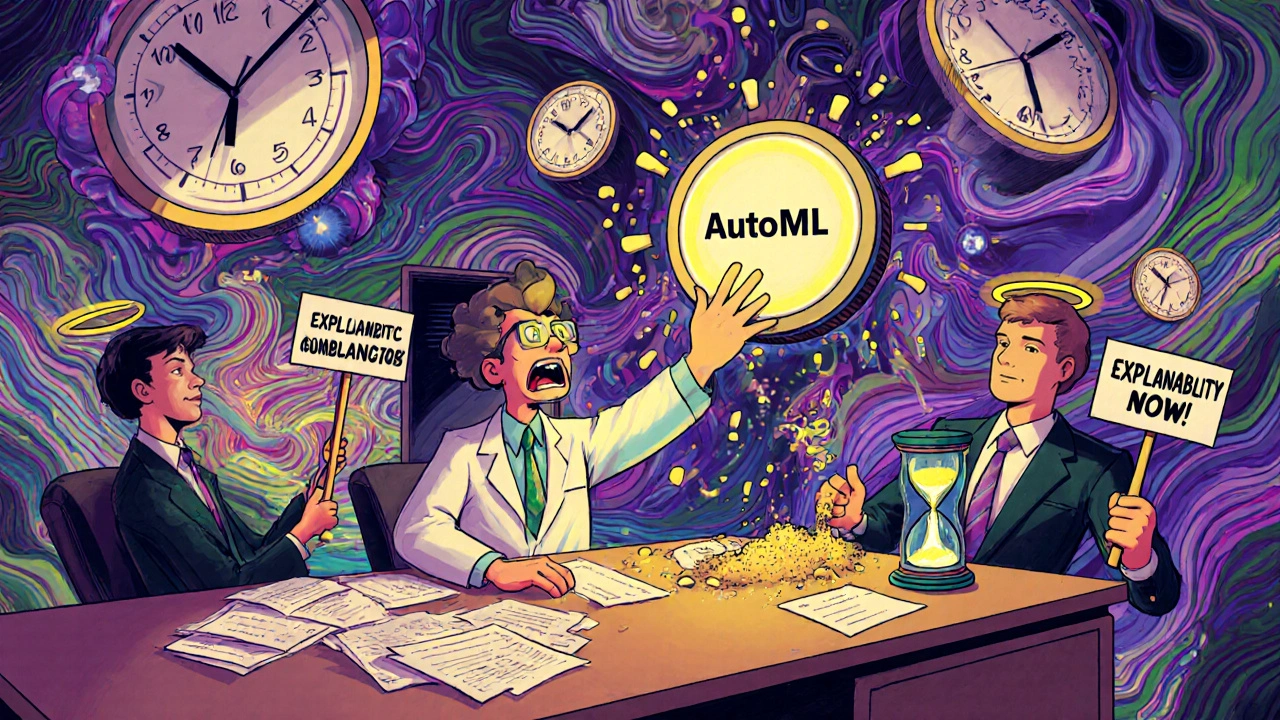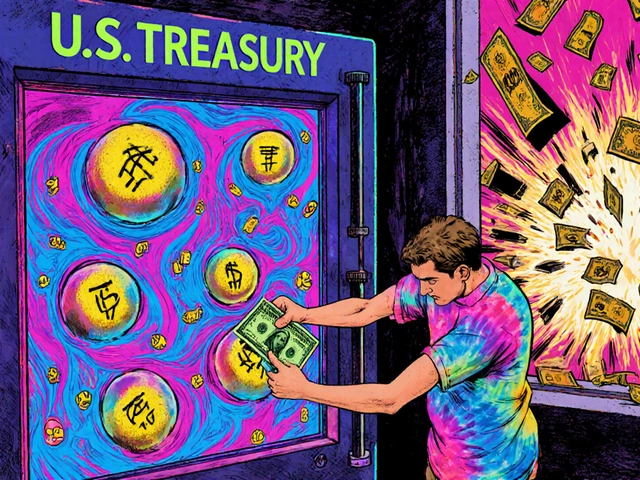AutoML Tools: What They Are and How They Help Real Investors
When you hear AutoML tools, automated machine learning platforms that build predictive models without manual coding. Also known as automated AI for finance, they let you turn market data into trading signals without writing a single line of code. This isn’t science fiction—it’s what hedge funds and solo investors are using right now to find edges in noisy markets.
These tools don’t replace you—they handle the grunt work. Think of them like a co-pilot for your investment strategy. They scan hundreds of variables—price trends, volatility spikes, economic reports—and test thousands of model combinations in minutes. You get the results: which assets are likely to rise, when to exit, or what correlations are breaking down. You still decide what to do with the info. That’s the key. AutoML tools don’t trade for you. They just give you better signals, faster.
Related to this are machine learning for investing, the use of algorithms to learn from historical financial data and predict future movements, and automated trading, systems that execute trades based on predefined rules or AI-generated signals. Many people think you need a team of data scientists to use these. You don’t. Platforms like DataRobot, H2O.ai, and even built-in tools in trading platforms like QuantConnect or Alpaca let you drag and drop data, pick a goal—like ‘predict 5-day returns’—and let the system do the rest. No Python needed.
What’s changing in 2025? These tools are getting cheaper, faster, and more accessible. You no longer need to clean data for weeks. AutoML tools now handle missing values, outliers, and seasonal patterns on their own. They’re also learning to spot what human traders miss—like how small currency shifts in emerging markets ripple through tech stocks, or how inflation data affects gold differently than it did five years ago.
And here’s the thing: most of the posts below aren’t about flashy AI models. They’re about real people using these tools to fix real problems. One trader uses AutoML to automate his volatility plays instead of guessing. Another uses it to rebalance his global portfolio without checking charts every day. Someone else built a model that alerts him when his emergency fund’s growth slows—because even savings accounts have patterns.
You’ll find tools that help with financial automation, using software to handle repetitive financial tasks like rebalancing, alerts, or tax-loss harvesting, and systems that reduce emotional bias. That’s the real win. AutoML doesn’t make you smarter. It makes you more consistent. And consistency beats cleverness in investing every time.
Below, you’ll see exactly how these tools are being used—no theory, no hype. Just what works for people who don’t have time to code, but do have time to sleep better at night.





